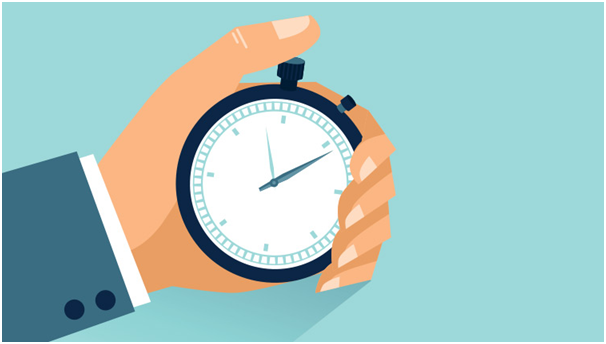
If you think the speed of your website does not matter, think again. A 1-second delay in page load time results in:
- 16% decrease in customer satisfaction
- 11% lower page views
This is not all. A study showed that:
- Forty seven percent of people expect a page to load within two seconds or less
- Forty percent abandon a web page if it takes more than three seconds to load.
- Fifty-two percent of online shoppers say that speed is the most important factor in determiningtheir loyalty to a website.
Clearly, it is very critical to increase your website speed. This is not only to rank highly on Google servers, but also to keep bottom-line profits high. Consider this post your resource on speeding up your site and increase profits.
- Minimize HTTP requests
Eighty percent of a website’s load time is downloading the different pages of the webpage – images, scripts, flash, etc. A HTTP requestis for each of these requests, and so the more components your webpage has, the longer it takes your page to download.
This can only mean one thing – the fastest way to load your page is to simplify the design. You can do this in the following ways:
- Streamline the number of elements on your page. A good example of this is tutoring barrie, whose website is composed of few elements and as a result, the page loads immediately.
- Use CSS instead of images where possible.
- Reduce scripts and put them at the bottom of the page.
The cardinal rule of websites: the leaner your website is, the better it gets.
- Enable compression
Large pages – which can happen when you have high-quality content, are often 100kb or more in size. This makes them bulky and slow to download. The best way to speed their load time is to compress them.
Compression reduces the bandwidth of your pages, and reducing HTTP response. The most frequently used tool for this task is Gzip.
- Enable browser catching
When you visit a website, the elements of the page you visited are stored in your machine or phone’s memory as cache, so that the next time you visit the site, the browser can quickly load the page without sending a HTTP request to the server.
About 40-60%of daily visitors to your site come with empty cache, o it is important to make their first-time visit on your site to be as quick as possible.However, you also need to enable caching to save some time off recurrent visits.
For all cacheable resources such as CSS files, PDFs, media files and image files, set expires to a minimum of one week, and preferably a year into the future.
- Reduce plugins
Too many plugins on your web page slow down the site while creating security issues, and often cause technical difficulties. Try to disable them, and then measure server performance. This way you can quickly identify plugins that harm your site speed.
You can also delete and deactivate unnecessary plugins. Then weed out any that slow down your site.
Finally
Some of the tips are easy to remember, others may be intimidating – especially if you do not have experience with web development. In that case, Google Developers or fully managed servers like SingleHop can help you out.
